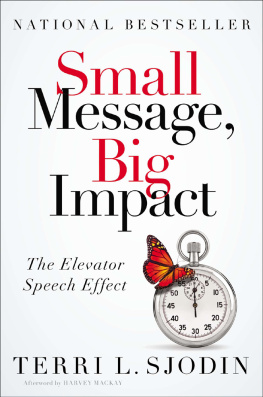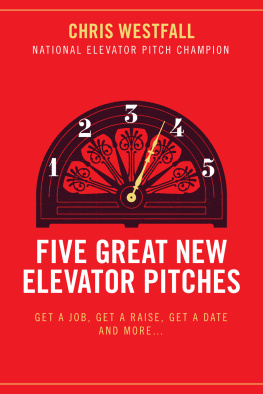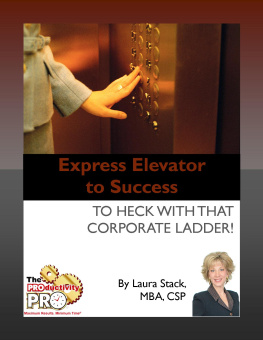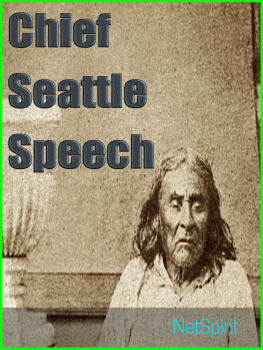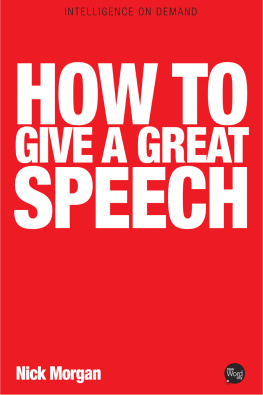Because of the big changes in the employment landscape, more clients began asking for my help with crafting personal elevator speeches they could use for job searches and career transitions. And the concept of creating a personal brand has emerged for people who are either entering the job market for the first time or repositioning themselves for new opportunities.
The new , Elevator Speeches and Your Personal Branding, details how to adjust the basic elevator speech questionnaire to your personal branding statement. The foundational concepts remain the same; your answers change based on your new audience: prospective employers or referral contacts.
Social media has added a new wrinkle to the mix. The fundamentals are the same ... the medium has changed. Sites like LinkedIn and Facebook have given everyone a worldwide audience.
However, the speed of tweeting, texting, blogging, et al. makes it more imperative to think before you tweet! This is particularly important when you are considering engaging journalists and other new media outlets. Chapter Ten, Helpful Hints for Speaking to the Media, adds new tips in this area.
Thank you to Kathy Berggren, Senior Lecturer, Communication Department, Cornell University, and her students for their valuable feedback. Their comments from their class experience with the book helped crystallize the new elements needed for this edition and suggested more ideas for people new to the job market or making career transitions.
ACKNOWLEDGEMENTS
As the saying goes It takes a village And my village includes so many people who helped me birth this project and deserve my gratitude and recognition.
A big thank you to Dr. Julie Miller (Business Writing That Counts!) who relentlessly held my feet to the fire until this book went to print. She also shared everything she learned about writing and publishing so that I could benefit from her experience. To the rest of our WBO Business Building Group, Peggy Jacobson and Eva Chiu, thank you for providing a safe and supportive sounding board while I developed and grew my business.
I have had the privilege and benefit of working with an amazing group of colleagues led by Mary Allan, of Vistage, formerly TEC International. Thank you to Mary, Andrea, Carol, Clara, David, Harry, Jeanette, Jeanne, Lynne, Mikelann, Rodger, Sheila, Simone, and Susan.
They gave me insight, feedback, and accountability in monthly doses for the past three years.
My membership and involvement in several organizations have provided me the environment to develop, practice, and fine tune my elevator speech process, and have given me opportunities to practice what I preach. Many thanks to my friends and colleagues in Women Business Owners (WBO), Association of Women in Communications (AWC), Public Relations Society of America (PRSA), Northwest Chapter of the National Speakers Association (NSA), Greater Seattle Chamber of Commerce, and Executive Women International (EWI), the WNET staff at the Seattle office of the U.S. Small Business Administration, and the Columbia Tower Club.
To my wonderful clients, whose many stories are included here, thank you for your trust and your business. It is an honor and a pleasure to work with you.
The title for this book came from a serendipitous collaboration between the talented people at Nancy S. Juetten Marketing, Inc. and Michael Courtney Design, Inc. Thank you for your insight and creativity.
To the team at Book Publishers Network, thank you for guiding me through this adventure. Vicki McCown, editor, gave my words oomph and clarity. Stephanie Martindale added creativity and life to the layout. Laura Zugzda patiently worked out the cover design that was just right. And many thanks to publisher Sheryn Hara, who walked with me step-by-step on this journey. She gave me confidence throughout.
I am blessed with wonderful friends whose love and support I cherish. They also provided useful feedback which I incorporated in the book. Thank you Carol Vipperman, Jeta McKillip, Steve Borstad, and Barbara Setters.
And my familyThank you! My mother, Katherine, showed me the value of listening to my gut. My brother Stuart, and my sisters Nikki, Linda, and Patti, inspire me. My in-laws Sally F., Sally W., Patti, and Mike surround me with love and unconditional acceptance. Thank you all for your love and support.
INTRODUCTION
You have thirty seconds or less to capture someones interest in what you have to say. In this fast-paced, information-overloaded, multimedia society, we are all channel surfing for information that is useful or relevant to us. We all have remote controls in our brains. We scan constantly and stop only when we see or hear something that interests us. We do it with television, we do it on the Internet, and we do it in conversation. Thats why the elevator speech has become an essential communication tool.
An elevator speech is a short, pithy sentence or two that tells people, in a nutshell, what you do for a living. The catchy title elevator speech refers to the amount of time you have to generate interest with another person. For example, if you get on at the top floor of a forty-story building and ride down in an elevator nonstop to the lobby, it takes about twenty seconds. In that amount of time, you should be able to explain to another personor a room full of peoplewhat you do or what your business does. And if you do it well, what you say will engage your audience and prompt them to ask more questions.
Soon after I started teaching media interview skills, I realized my clients felt intimidated, either because they were unsure about the main points they wanted to communicate or were unfocused in their delivery. I created an easy practical process that enabled people to focus on the listeners, identify the desired outcome of the communication, and create clear and concise phrasing that connects with the intended audience.


